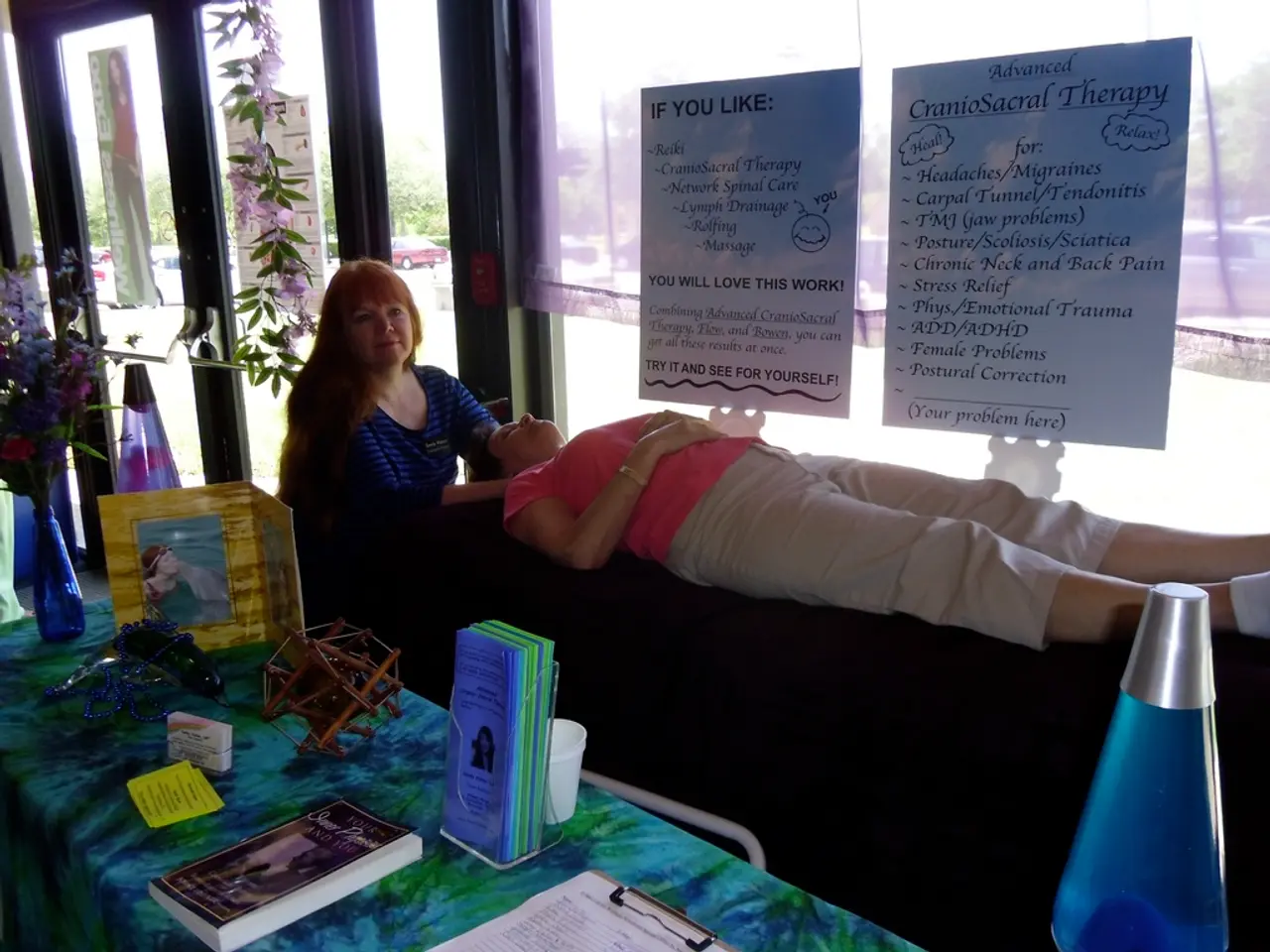Experiencing fatigue with shingles and understanding possible complexities
Shingles and Chronic Fatigue Syndrome: A Potential Connection
Shingles, a viral infection that causes a painful rash, could potentially trigger Chronic Fatigue Syndrome (CFS), also known as Myalgic Encephalomyelitis (ME/CFS). This connection arises due to the fact that shingles is caused by the varicella-zoster virus (VZV), which remains dormant in the body after an initial chickenpox infection.
The reactivation of VZV, which leads to shingles, can cause systemic symptoms such as fatigue and malaise during the acute infection phase. The inflammatory and neurological effects of shingles, including nerve pain and immune system activation, can be severe and long-lasting, potentially leading to complications like postherpetic neuralgia, a chronic pain syndrome.
In some cases, individuals who have had shingles have reported developing ME/CFS symptoms, suggesting that shingles may act as a trigger for CFS in susceptible individuals. This is supported by the fact that stress and immune suppression, which contribute to shingles reactivation, are also factors linked to chronic fatigue and immune dysregulation.
However, it's important to note that while ME/CFS is not directly caused by VZV, shingles represents a significant immune challenge and neuroinflammatory event that can precipitate or worsen chronic fatigue syndrome in certain people.
While studies investigating this potential connection are limited, some researchers have looked into the relationship between shingles and CFS. Further research is necessary to fully understand the mechanisms behind this potential link.
In the meantime, the Centers for Disease Control and Prevention (CDC) recommends the shingles vaccine for those over 60 years old, as the risk of shingles and its complications increases with age. If fatigue persists after a bout of shingles, it is advisable to speak with a healthcare professional for further advice.
People who experience fatigue due to shingles may try to manage the symptom by establishing a sleep routine, eating low glycemic index foods, drinking plenty of water, finding healthy ways to manage stress, speaking with a mental health professional, or finding a PHN support group.
The CDC has identified immune system changes, stress, infections, genetics, and changes in the way the body makes energy as possible causes of CFS. Understanding these potential triggers can help in managing and treating CFS effectively.
- The skin rash known as shingles, caused by the varicella-zoster virus (VZV), can trigger Chronic Fatigue Syndrome (CFS), also called Myalgic Encephalomyelitis (ME/CFS), due to its inflammatory and neurological effects.
- Shingles reactivation, which leads to systemic symptoms such as fatigue and malaise, could potentially cause prolonged complications like postherpetic neuralgia, a chronic pain syndrome.
- Some individuals who have had shingles have reported developing ME/CFS symptoms, suggesting a potential link between shingles and chronic fatigue syndrome.
- While CFS is not directly caused by VZV, shingles presents a significant immune challenge and neuroinflammatory event that could precipitate or worsen chronic fatigue syndrome in certain people.
- Researchers have looked into the relationship between shingles and CFS, although studies investigating this potential connection are limited.
- The Centers for Disease Control and Prevention (CDC) recommends the shingles vaccine for those over 60 to reduce the risk of shingles and its complications.
- To manage fatigue due to shingles, individuals can practice skin-care by maintaining a sleep routine, eating low glycemic index foods, drinking plenty of water, managing stress through fitness-and-exercise and mental-health therapies-and-treatments, and finding support groups for people with postherpetic neuralgia.




